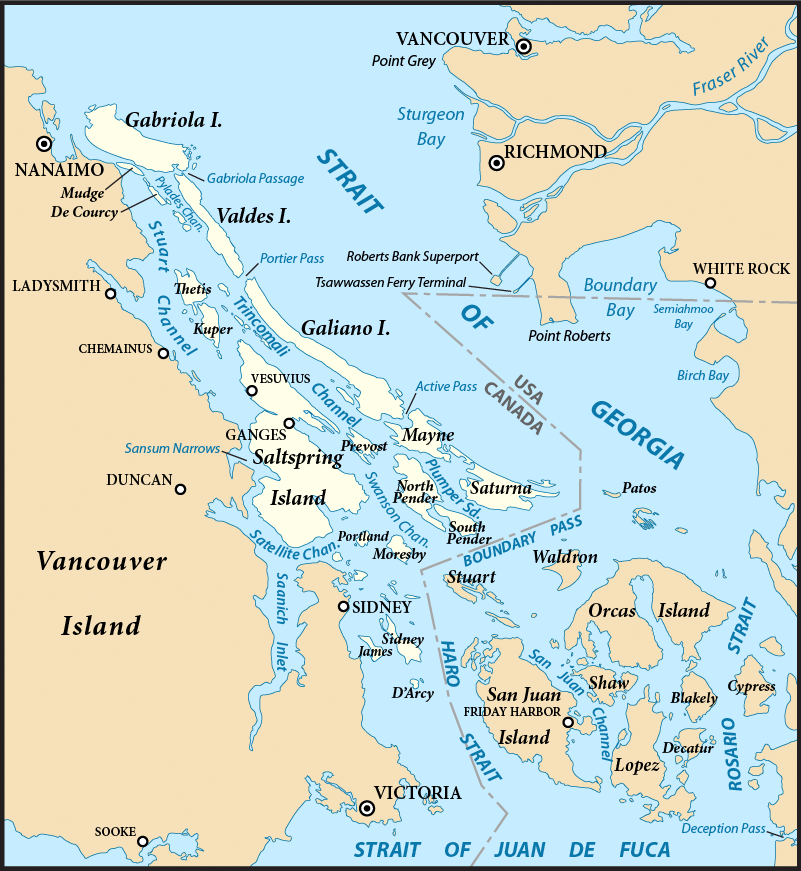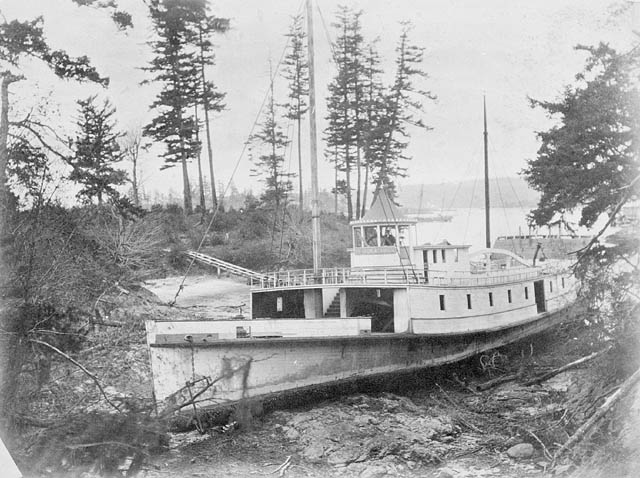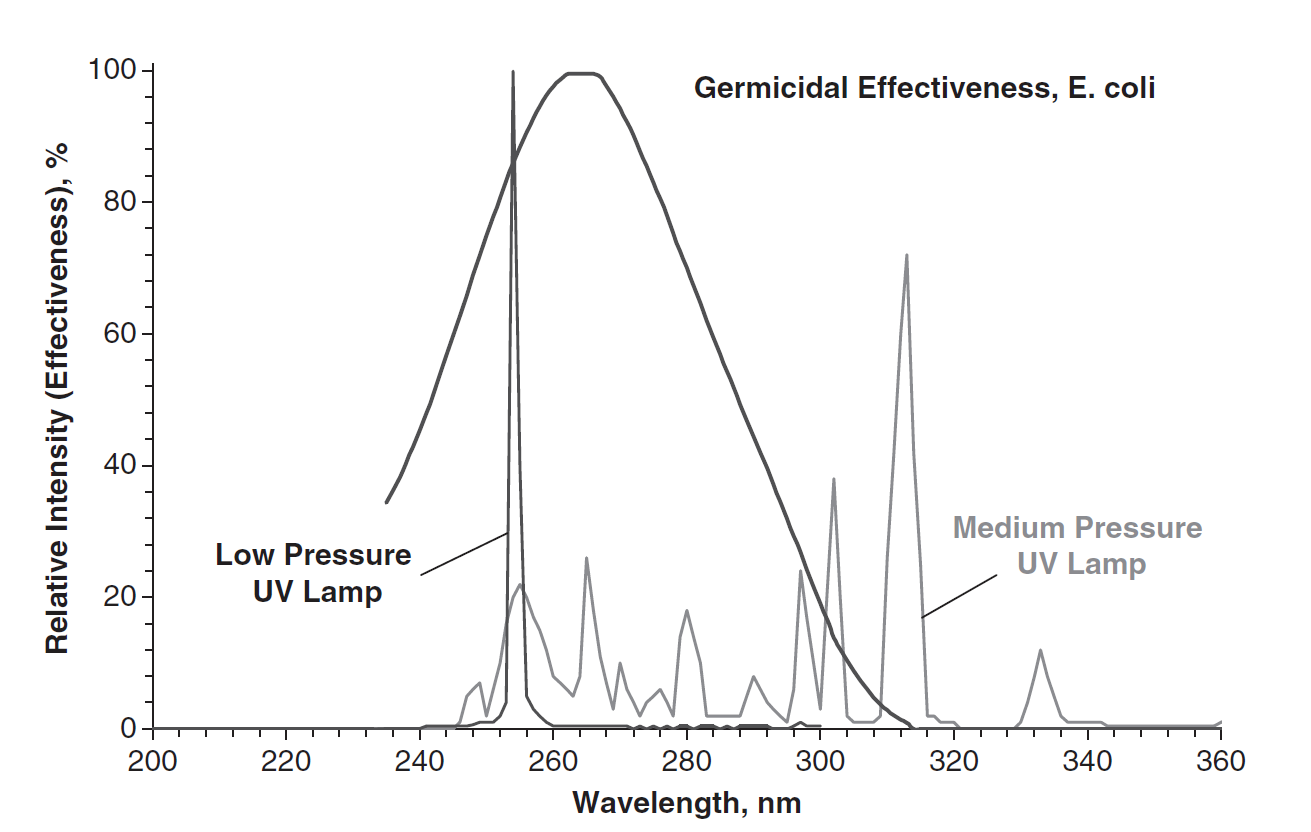|
Kapoor Tunnel
The Kapoor Tunnel is a straight subterranean route which is the main transport of water from the Sooke Lake to the Westshore, City of Victoria, Esquimalt, and the Saanich Peninsula. When it was determined that the Sooke Flowline would no longer meet the region's needs, the decision was made to excavate the tunnel. Prior to construction of the flowline, Arthur Adams, the consultant for the flowline construction, had proposed the Kapoor Tunnel be built. Unfortunately, that era's technology was not yet up to the task. Construction The tunnel was formed by a miniature tunnel boring machine (TBM), which was built in Vancouver at a cost of $258,000. Excavation was undertaken from both ends with the intention of meeting in the middle. The machine was later abandoned and excavation was carried out manually due to the soft rock clogging the teeth and gears and causing motor burn outs. The contractor quit and the water district completed the task in 1967. On completion, the tunnel w ... [...More Info...] [...Related Items...] OR: [Wikipedia] [Google] [Baidu] |
Capital Regional District
The Capital Regional District (CRD) is a local government administrative district encompassing the southern tip of Vancouver Island and the southern Gulf Islands in the Canadian province of British Columbia. The CRD is one of several regional districts in British Columbia and had an official population of 415,451 as of the Canada 2021 Census. The CRD encompasses the thirteen municipalities of Greater Victoria and three unincorporated areas: Juan de Fuca Electoral Area on Vancouver Island, Salt Spring Island Electoral Area, and Southern Gulf Islands Electoral Area. The CRD also acts as the local government for most purposes in the Electoral Areas. CRD headquarters is in the City of Victoria, although there are many office and operational facilities throughout the region. The total land area is . The CRD was formed in 1966 as a federation of seven municipalities and five electoral areas to provide coordination of regional issues and local government in rural areas in the Great ... [...More Info...] [...Related Items...] OR: [Wikipedia] [Google] [Baidu] |
Langford, British Columbia
Langford is a city on southern Vancouver Island in the province of British Columbia, Canada. Langford is one of the 13 component municipalities of Greater Victoria and is within the Capital Regional District. Langford was incorporated in 1992 and has a population of over 40,000 people. Its municipal neighbours are Colwood to the southeast, Highlands to the north, Metchosin to the southwest, and View Royal to the northeast. History The City of Langford was incorporated on December 8, 1992. Langford's history of European settlement dates back to 1851, when Captain Edward Langford established one of the four Hudson's Bay Company farms in the Victoria area. In the early 1860s, the region of Langford experienced a short-lived gold rush in what is now Goldstream Provincial Park. The area was once a favourite recreation destination for thousands of Victorians in the late 1800s: day-trippers travelled via railway to the popular country resort Goldstream House Hotel; hunters built the ... [...More Info...] [...Related Items...] OR: [Wikipedia] [Google] [Baidu] |
Victoria, British Columbia
Victoria is the capital city of the Provinces and territories of Canada, Canadian province of British Columbia, on the southern tip of Vancouver Island off Canada's Pacific Ocean, Pacific coast. The city has a population of 91,867, and the Greater Victoria area has a population of 397,237. The city of Victoria is the 7th most densely populated city in Canada with . Victoria is the southernmost major city in Western Canada and is about southwest from British Columbia's largest city of Vancouver on the mainland. The city is about from Seattle by airplane, Harbour Air Seaplanes, seaplane, ferry, or the Clipper Navigation, Victoria Clipper passenger-only ferry, and from Port Angeles, Washington, Port Angeles, Washington (state), Washington, by ferry across the Strait of Juan de Fuca. Named for Queen Victoria, the city is one of the oldest in the Pacific Northwest, with British settlement beginning in 1843. The city has retained a large number of its historic buildings, in part ... [...More Info...] [...Related Items...] OR: [Wikipedia] [Google] [Baidu] |
Esquimalt, British Columbia
The Township of Esquimalt is a municipality at the southern tip of Vancouver Island, in British Columbia, Canada. It is bordered to the east by the provincial capital, Victoria, to the south by the Strait of Juan de Fuca, to the west by Esquimalt Harbour and Royal Roads, to the northwest by the New Songhees 1A Indian reserve and the town of View Royal, and to the north by a narrow inlet of water called the Gorge, across which is the district municipality of Saanich. It is almost tangential to Esquimalt 1 Indian Reserve near Admirals Road. It is one of the 13 municipalities of Greater Victoria and part of the Capital Regional District. Esquimalt had a population of 17,533 in 2021. It covers . It is home to the Pacific fleet of the Royal Canadian Navy. History The region now known as Esquimalt was settled by First Nations people approximately 4000 years before the arrival of Europeans. The treaties of the Hudson's Bay Company (HBC), signed in 1843, refer to these people as t ... [...More Info...] [...Related Items...] OR: [Wikipedia] [Google] [Baidu] |
Saanich Peninsula
Saanich Peninsula ( str, W̱SÁNEĆ) is located north of Victoria, British Columbia, Canada. It is bounded by Saanich Inlet on the west, Satellite Channel on the north, the small Colburne Passage on the northeast, and Haro Strait on the east. The exact southern boundary of what is referred to as the "Saanich Peninsula" (or simply as "the Peninsula") is somewhat fluid in local parlance. Surrounded by the Salish Sea, Saanich Peninsula is separated from Saltspring Island by Satellite Channel, Piers Island and Coal Island by Colburne Passage, and James Island by Cordova Passage in Haro Strait. Name Its name in the Saanich dialect, ''W̱SÁNEĆ'', means "raised up" (when referring to people, that term means "emerging people"). Geography and climate Lying in the rain shadow of both the Vancouver Island Ranges and the Olympic Mountains, Saanich Peninsula is the driest part of Vancouver Island. The driest recording station in the provincial capital city of Victoria averages only of ... [...More Info...] [...Related Items...] OR: [Wikipedia] [Google] [Baidu] |
Sooke Flowline
The Sooke Flowline is an abandoned concrete aqueduct that snakes through the Sooke Hills from Sooke Lake to the Humpback Reservoir near Mt. Wells Regional Park. From this reservoir, a buried, riveted steel pressure main transported water to Victoria. Between 1994–2007, this main was replaced since it was long past its useful life. The flowline was vital to the continued growth of the City of Victoria as it provided a reliable water supply. While the flowline remains, Victoria's water supply is now carried via Kapoor tunnel. Leigh Hodgetts, CRD Waterworks superintendent, reported that the westernmost section of the flowline is still used to carry Sooke's water supply, via a 16 inch interconnecting pipe feeding the Sooke distribution system from Charters Creek to Sooke River Road. Elk Lake used to be the water supply for Victoria and when the Colquitz River was dammed, it merely flooded the swamp and merged Elk and Beaver Lakes. Unfortunately the intake was at the swamp ... [...More Info...] [...Related Items...] OR: [Wikipedia] [Google] [Baidu] |
Tunnel Boring Machine
A tunnel boring machine (TBM), also known as a "mole", is a machine used to excavate tunnels with a circular cross section through a variety of soil and rock strata. They may also be used for microtunneling. They can be designed to bore through hard rock, wet or dry soil, or sand. Tunnel diameters can range from (micro-TBMs) to to date. Tunnels of less than a metre or so in diameter are typically done using trenchless construction methods or horizontal directional drilling rather than TBMs. TBMs can be designed to excavate non-circular tunnels, including u-shaped, horseshoe, square or rectangular tunnels. Tunnel boring machines are used as an alternative to drilling and blasting (D&B) methods in rock and conventional "hand mining" in soil. TBMs have the advantages of limiting the disturbance to the surrounding ground and producing a smooth tunnel wall. This significantly reduces the cost of lining the tunnel, and makes them suitable to use in urban areas. The major disadv ... [...More Info...] [...Related Items...] OR: [Wikipedia] [Google] [Baidu] |
Shale
Shale is a fine-grained, clastic sedimentary rock formed from mud that is a mix of flakes of clay minerals (hydrous aluminium phyllosilicates, e.g. kaolin, Al2 Si2 O5( OH)4) and tiny fragments (silt-sized particles) of other minerals, especially quartz and calcite.Blatt, Harvey and Robert J. Tracy (1996) ''Petrology: Igneous, Sedimentary and Metamorphic'', 2nd ed., Freeman, pp. 281–292 Shale is characterized by its tendency to split into thin layers ( laminae) less than one centimeter in thickness. This property is called '' fissility''. Shale is the most common sedimentary rock. The term ''shale'' is sometimes applied more broadly, as essentially a synonym for mudrock, rather than in the more narrow sense of clay-rich fissile mudrock. Texture Shale typically exhibits varying degrees of fissility. Because of the parallel orientation of clay mineral flakes in shale, it breaks into thin layers, often splintery and usually parallel to the otherwise indistinguishable bedding ... [...More Info...] [...Related Items...] OR: [Wikipedia] [Google] [Baidu] |
Ultraviolet Germicidal Irradiation
Ultraviolet germicidal irradiation (UVGI) is a disinfection method that uses short-wavelength ultraviolet ( ultraviolet C or UV-C) light to kill or inactivate microorganisms by destroying nucleic acids and disrupting their DNA, leaving them unable to perform vital cellular functions. UVGI is used in a variety of applications, such as food, surface, air, and water purification. UV-C light is weak at the Earth's surface since the ozone layer of the atmosphere blocks it. UVGI devices can produce strong enough UV-C light in circulating air or water systems to make them inhospitable environments to microorganisms such as bacteria, viruses, molds, and other pathogens. Recent studies have proven the ability of UVC light in inactivating the novel Coronavirus ( COVID-19). UVGI can be coupled with a filtration system to sanitize air and water. The application of UVGI to disinfection has been an accepted practice since the mid-20th century. It has been used primarily in medical sanita ... [...More Info...] [...Related Items...] OR: [Wikipedia] [Google] [Baidu] |
Goldstream Provincial Park
Goldstream Provincial Park is a provincial park in British Columbia, Canada. It is known for the annual fall salmon runs in the Goldstream River, and the large numbers of bald eagles that congregate to feed at that time. The total size of the park is . It is located in the city of Langford. Recreational fishing is only accessible to indigenous cultures, and not local non-indigenous residents. Huge trees stand on the Goldstream River floodplain. Among them are Douglas-fir and western red cedar. They tower over substantial specimens of western hemlock, black cottonwood, bigleaf maple and red alder, which in turn shade western yew. Steep ridges—home to arbutus, western flowering dogwood and lodgepole pine—overlook the floodplain. Many wildflowers are seen during spring and summer. Goldstream Park has several hiking trails, one of which offers access to Mount Finlayson. Goldstream Nature House Goldstream Nature House is a nature centre located in the park and operated by R ... [...More Info...] [...Related Items...] OR: [Wikipedia] [Google] [Baidu] |
Tunnels In British Columbia
A tunnel is an underground passageway, dug through surrounding soil, earth or rock, and enclosed except for the entrance and exit, commonly at each end. A pipeline is not a tunnel, though some recent tunnels have used immersed tube construction techniques rather than traditional tunnel boring methods. A tunnel may be for foot or vehicular road traffic, for rail traffic, or for a canal. The central portions of a rapid transit network are usually in the tunnel. Some tunnels are used as sewers or aqueducts to supply water for consumption or for hydroelectric stations. Utility tunnels are used for routing steam, chilled water, electrical power or telecommunication cables, as well as connecting buildings for convenient passage of people and equipment. Secret tunnels are built for military purposes, or by civilians for smuggling of weapons, contraband, or people. Special tunnels, such as wildlife crossings, are built to allow wildlife to cross human-made barriers safely. ... [...More Info...] [...Related Items...] OR: [Wikipedia] [Google] [Baidu] |

_VICTORIA_FROM_JAMES'_BAY_LOOKING_UP_GOVERNMENT_STREET.jpg)





